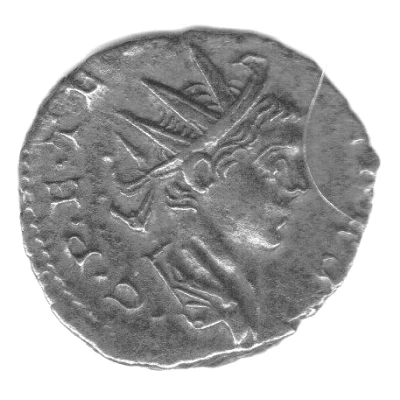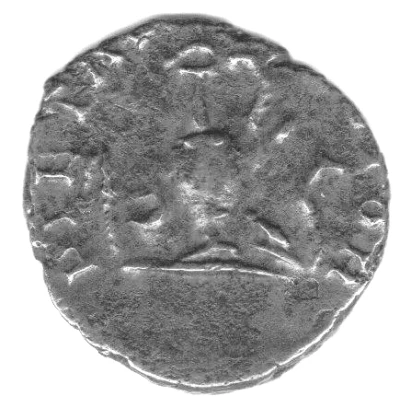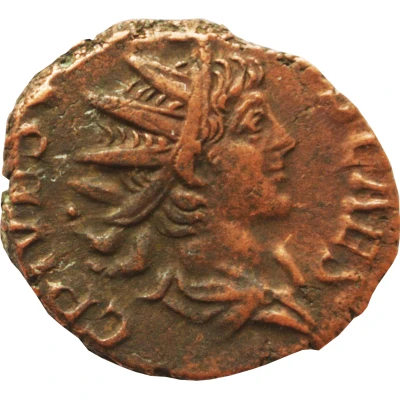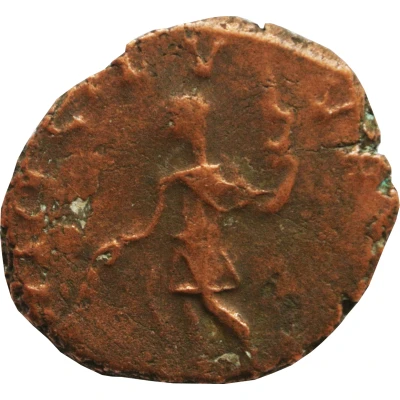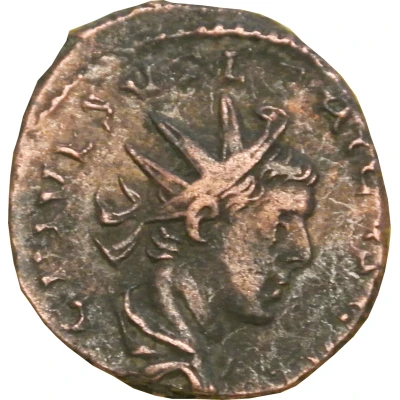
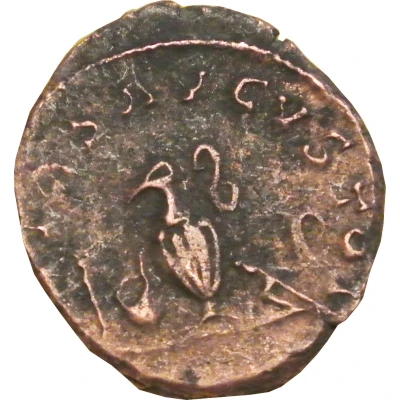

© sam64
Antoninianus - Tetricus II PIETAS AVGVSTOR
| Billon (.025 silver) | 2.4 g | 18 mm |
| Issuer | Gallic Empire (Roman splinter states) |
|---|---|
| Caesar | Tetricus II (273-274) |
| Emperor | Tetricus I (270-274) |
| Type | Standard circulation coin |
| Years | 273-274 |
| Value | Antoninianus (1) |
| Currency | Antoninianus (260-274) |
| Composition | Billon (.025 silver) |
| Weight | 2.4 g |
| Diameter | 18 mm |
| Shape | Round (irregular) |
| Technique | Hammered |
| Demonetized | Yes |
| Updated | 2024-10-06 |
| Numista | N#37696 |
|---|---|
| Rarity index | 85% |
Reverse
Pontifical instruments.
4 types: solid vase (P) or fluted vase (C)
right (R) or left (L) handle
Script: Latin
Lettering: PIETAS AVGVSTOR
Edge
Rough
Interesting fact
One interesting fact about this coin is that it was issued during a time of great turmoil and political instability in the Roman Empire. The Gallic Empire, which was a breakaway state from the Roman Empire, was established by the usurper Postumus in 260 AD and lasted until 274 AD. During this time, the empire issued its own currency, including the Antoninianus, which was a coin similar to the Roman Denarius. Despite the political upheaval, the coinage of the Gallic Empire was of high quality and featured intricate designs, such as the image of Tetricus II on the obverse and the goddess Pietas on the reverse. This coin is a rare surviving example of the currency used during this period and offers a glimpse into the economic and political history of the time.
